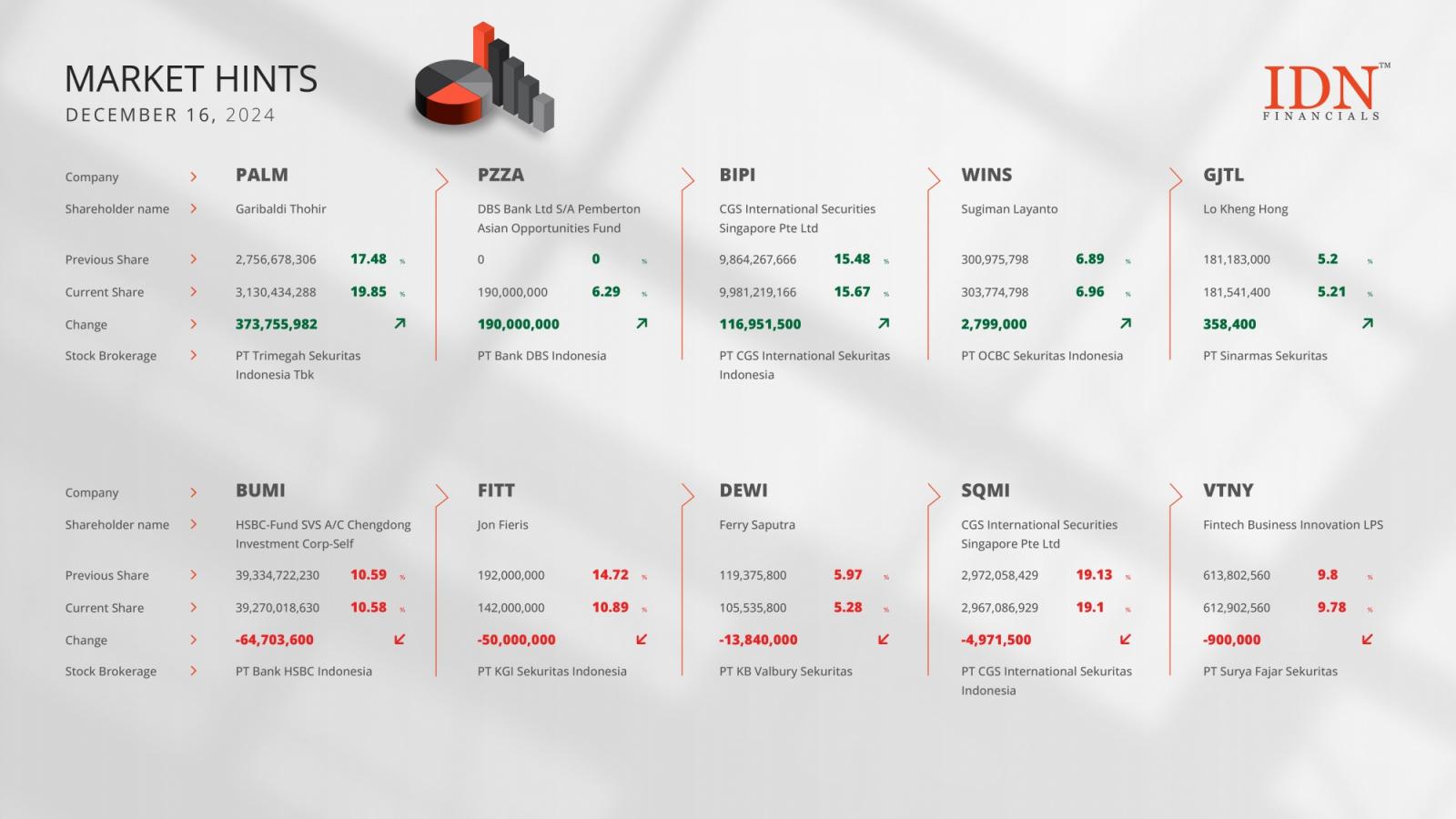
The South Korea stock market has moved lower in two straight sessions, tumbling almost 65 points or 2.3 percent along the way. The KOSPI now sits just above the 2,710-point plateau and it may tick lower again on Friday.
The global forecast for the Asian markets is mixed ahead of more earnings news and economic data. The European and U.S. markets were mostly lower and the Asian bourses figure to track that lead.
The KOSPI finished sharply lower on Thursday following losses from the financial shares, technology stocks and automobile producers.
For the day, the index dropped 48.06 points or 1.74 percent to finish at 2,710.65. Volume was 433 million shares worth 13.4 trillion won. There were 728 decliners and 160 gainers.
Among the actives, Shinhan Financial shed 0.55 percent, while KB Financial sank 0.74 percent, Hana Financial skidded 1.14 percent, Samsung Electronics tumbled 1.95 percent, Samsung SDI soared 3.00 percent, LG Electronics slumped 2.04 percent, SK Hynix plummeted 8.87 percent, Naver surged 3.67 percent, LG Chem advanced 0.97 percent, Lotte Chemical added 0.50 percent, S-Oil rose 0.30 percent, SK Innovation gained 0.67 percent, POSCO rallied 2.60 percent, SK Telecom climbed 1.12 percent, KEPCO perked 0.16 percent, Hyundai Mobis improved 0.45 percent, Hyundai Motor stumbled 2.71 percent and Kia Motors surrendered 2.87 percent.
The lead from Wall Street is weak as the major averages opened mixed, spent most of the day in positive territory before a late slump saw some of them end in the end.
The Dow gained 81.20 points or 0.20 percent to finish at 39,935.07, while the NASDAQ tumbled 160.69 points or 0.93 percent to end at 17,181.72 and the S&P 500 sank 27.91 points or 0.51 percent to close at 5,399.22.
Stocks gained in strength early in the session thanks to data showing a sharper than expected acceleration in U.S. economic growth in the second quarter.
The Commerce Department said the GDP growth reflected increases in consumer spending, private inventory investment, and nonresidential fixed investment - while the personal consumption expenditures price index slowed to 2.6 percent.
Also, the Commerce Department said durable goods orders plummeted in June, while the Labor Department noted a slowdown in initial jobless claims last week.
Oil climbed higher on Thursday, extending recent gains after data showed a sharper than expected acceleration in U.S. GDP growth in Q2. West Texas Intermediate Crude oil futures for September rose $0.69 at $78.28 a barrel.





